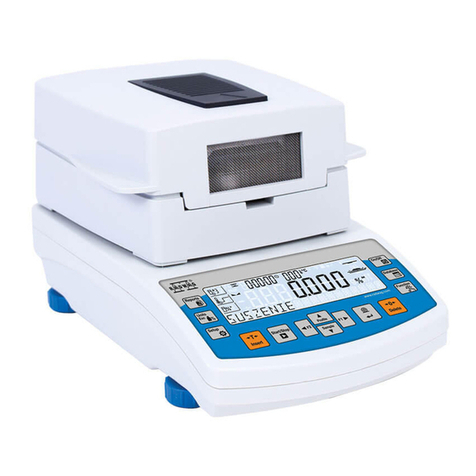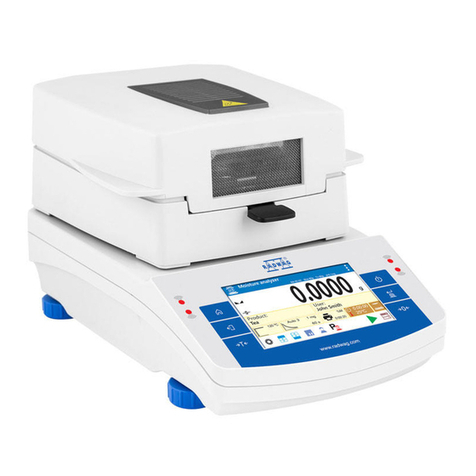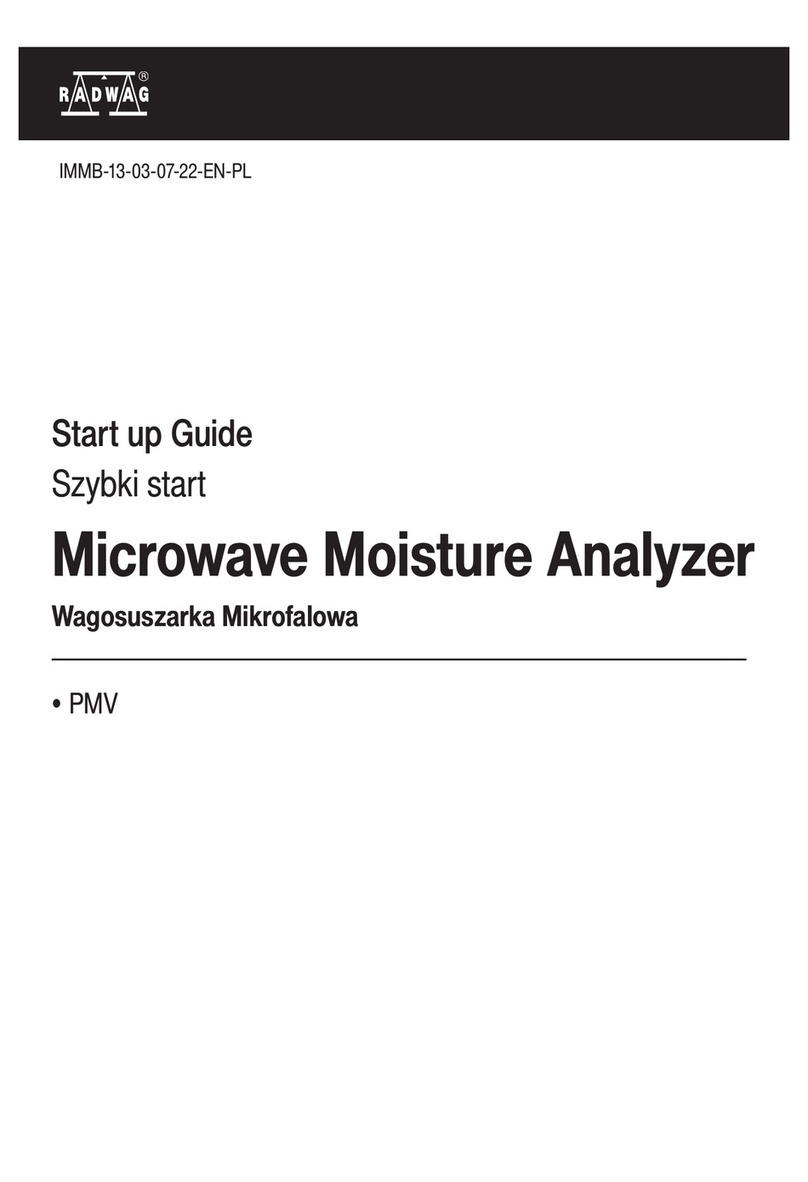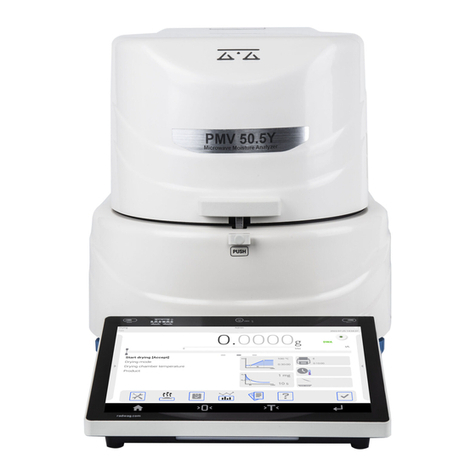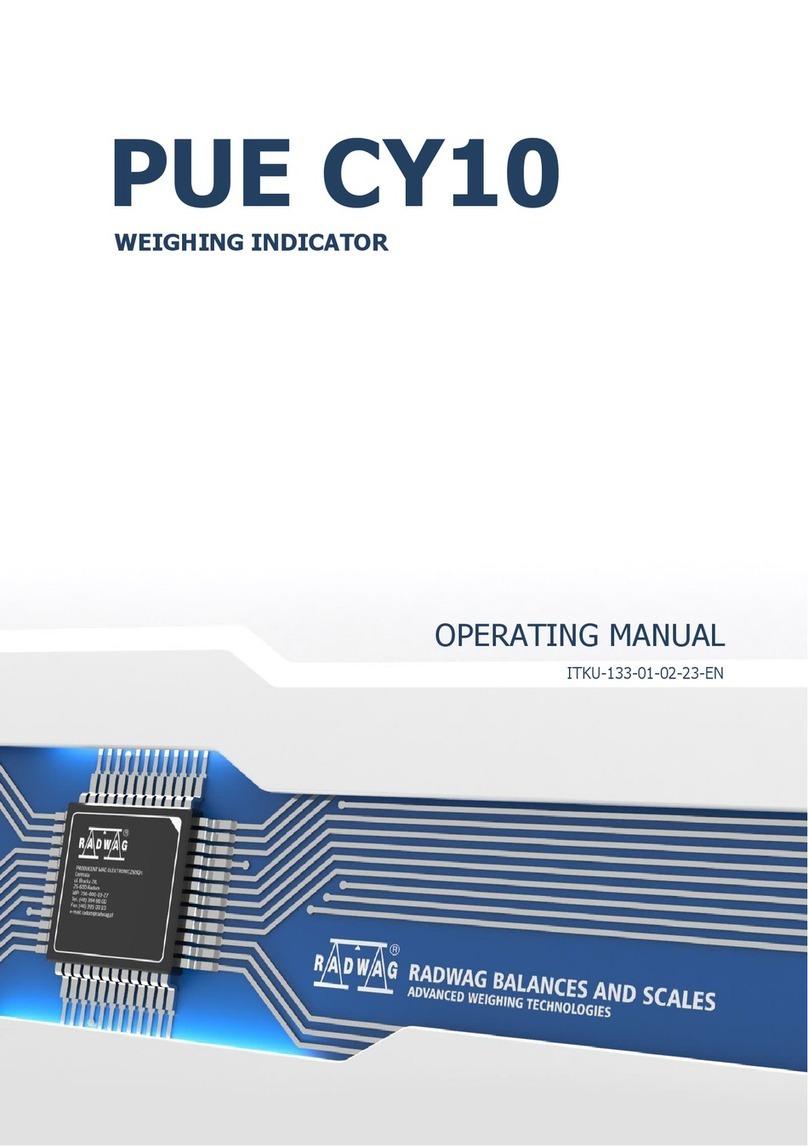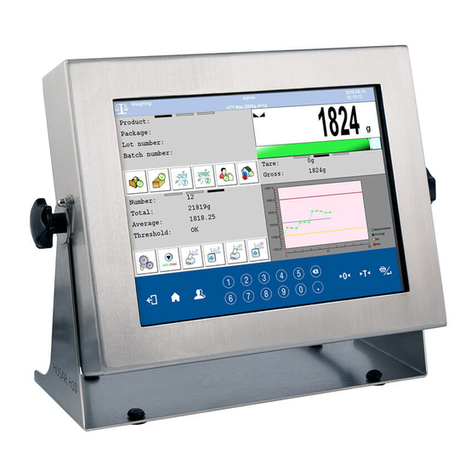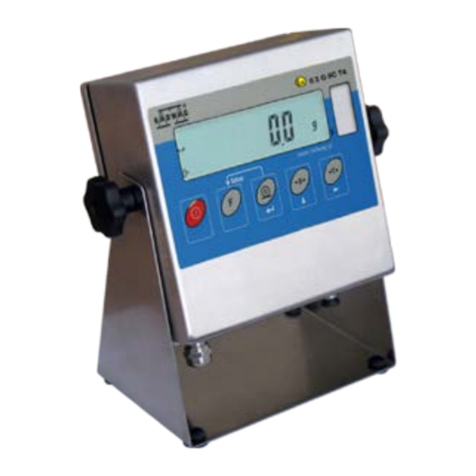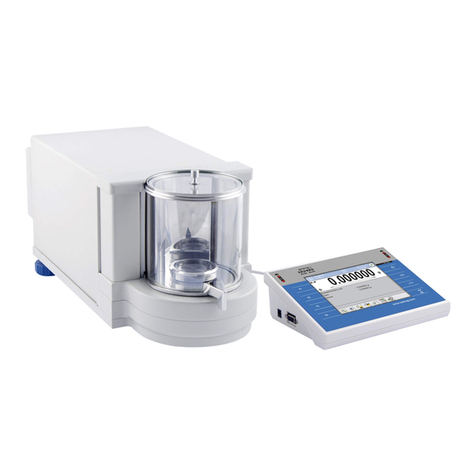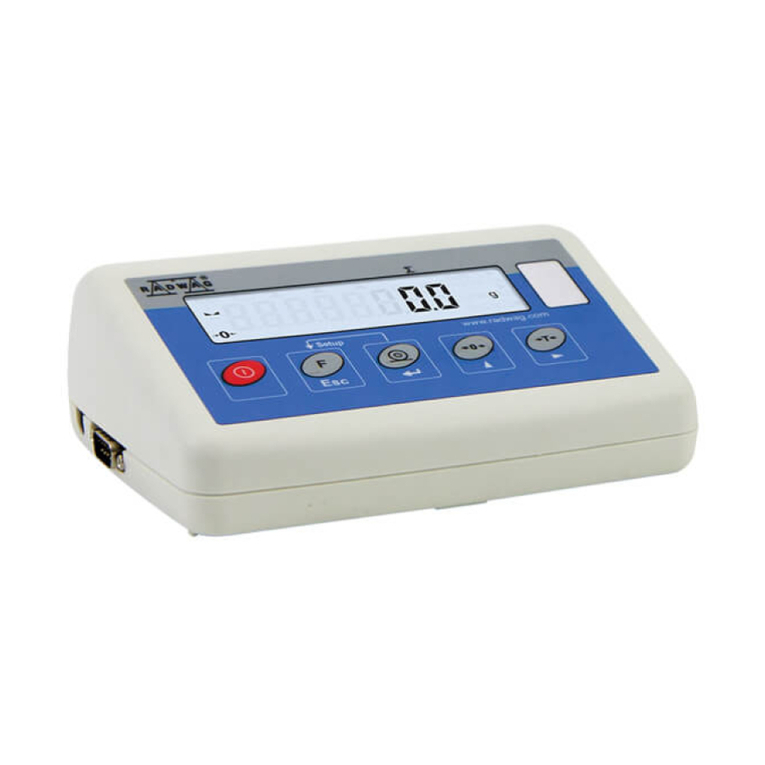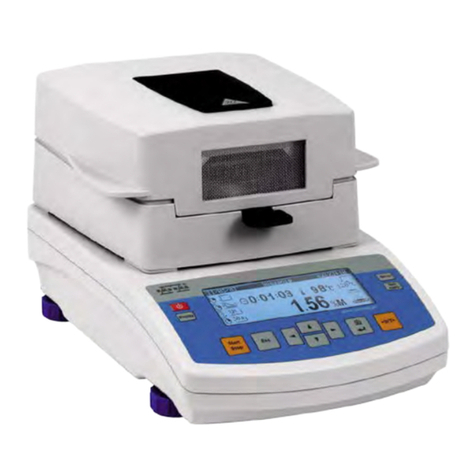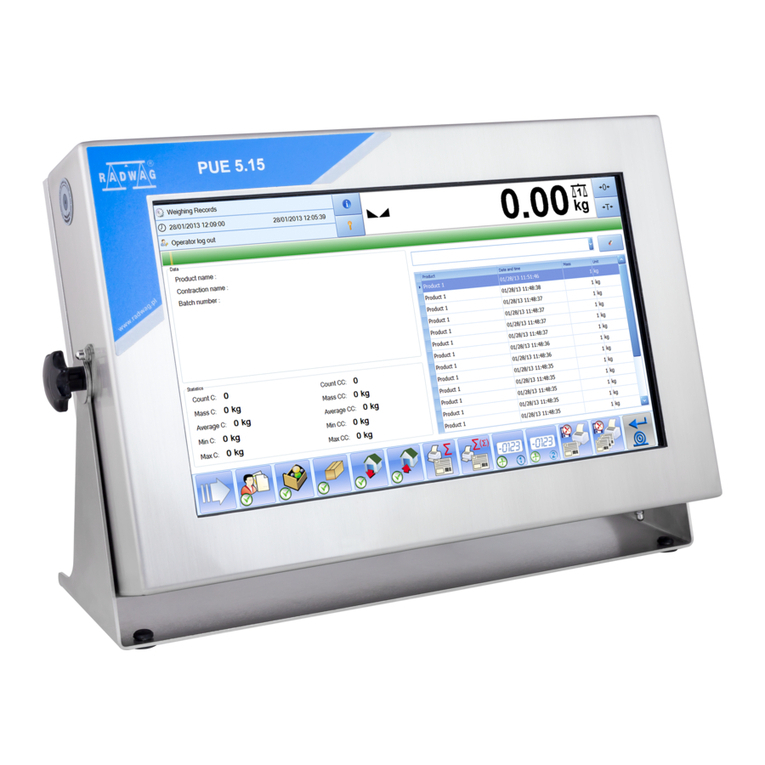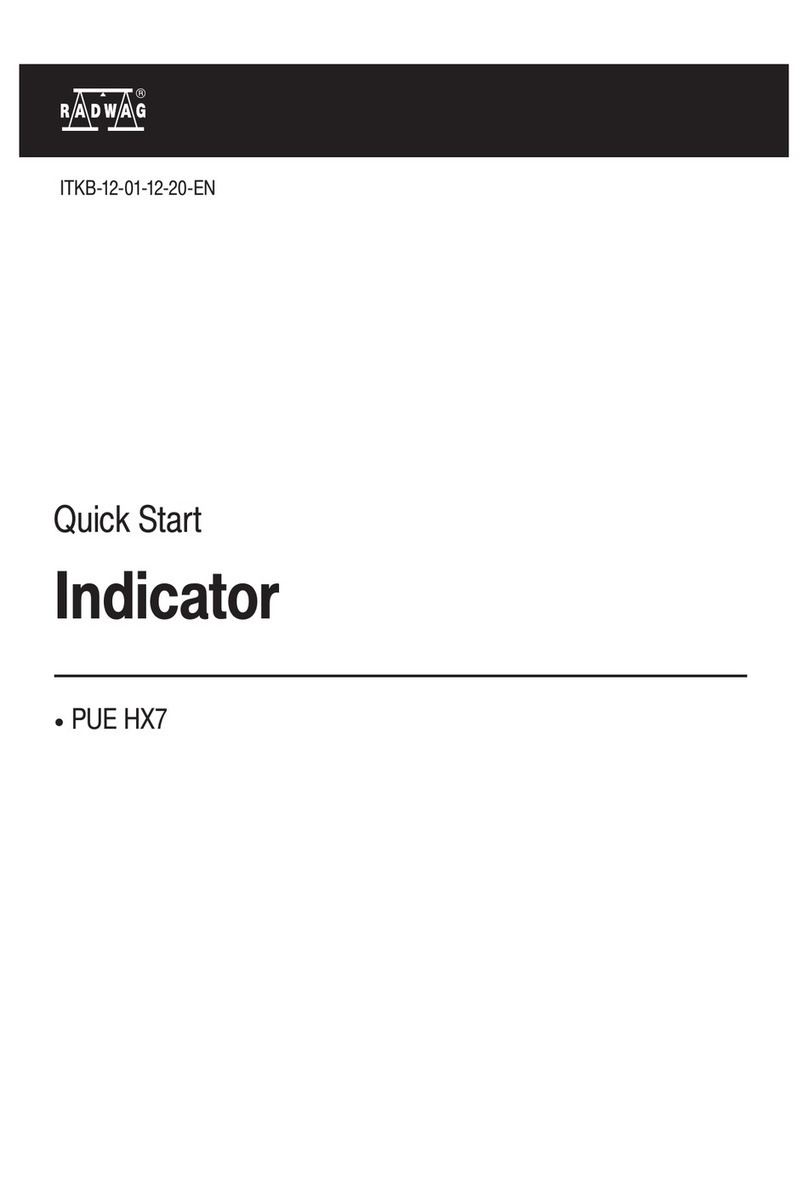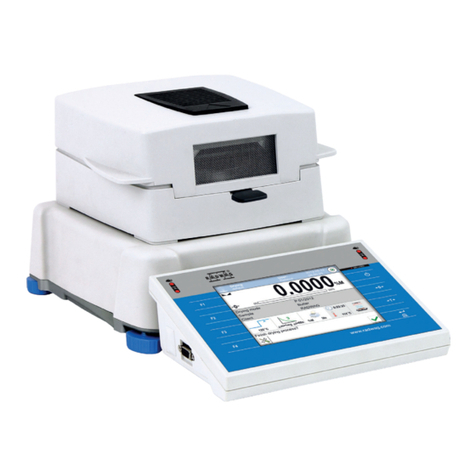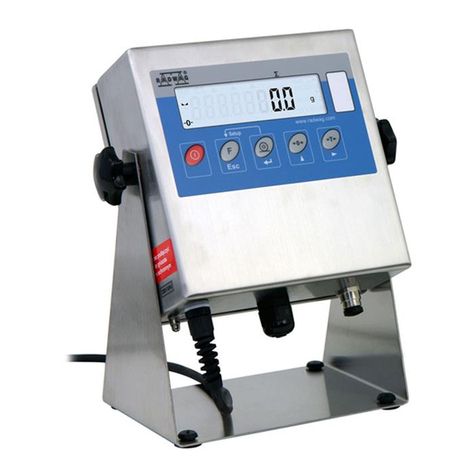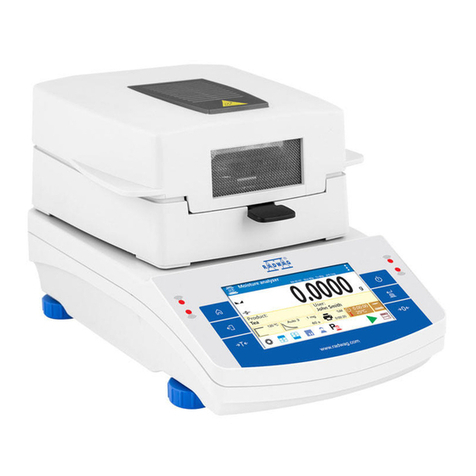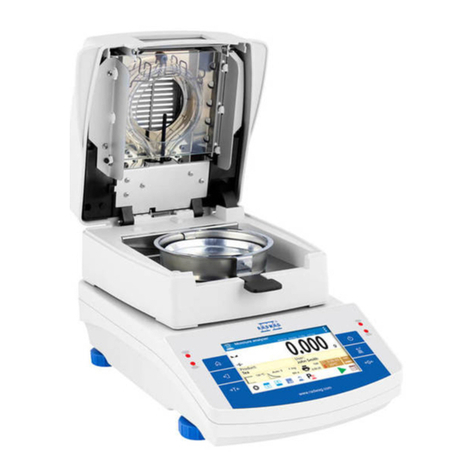10. OTHER PARAMETERS ................................................................. 37
10.1. Available menu languages ................................................................... 37
10.2. Access levels ....................................................................................... 37
10.3. „Beep” sound – response to pressing function button .......................... 38
10.4. Backlight and adjusting display brightness .......................................... 38
10.5. Backlight turn-off time .......................................................................... 38
10.6. Auto switch-off ..................................................................................... 38
10.7. Date ..................................................................................................... 39
10.8. Time ..................................................................................................... 39
10.9. Date format .......................................................................................... 39
10.10. Time format.......................................................................................... 40
11. INFORMATION ON BALANCE...................................................... 40
12. BALANCE ADJUSTMENT ............................................................. 41
12.1. Adjustment menu settings ................................................................... 41
12.2. Manual adjustment .............................................................................. 42
12.2.1.Internal adjustment ................................................................................ 42
12.2.2.User adjustment ..................................................................................... 43
12.3. Adjustment report printout ................................................................... 44
12.4. Temperature adjustment (P1.3 THERM CAL) ..................................... 44
12.5. Drying process test (P1.4 TEMPERATURE TEST) ............................. 48
13. DETERMINING PRINTOUT CONTENT ........................................ 50
13.1. Adjustment report ................................................................................ 50
13.2. Header printout .................................................................................... 52
13.3. Printout of measurement result – GLP PRINTOUT ............................. 54
13.4. Footer printout ..................................................................................... 56
13.5. Printout of report on drying process ..................................................... 58
13.5.1.Report on drying – header ..................................................................... 59
13.5.2.Report on drying – measurement........................................................... 60
13.5.3.Report on drying – footer ....................................................................... 61
13.6. Non-standard printouts ........................................................................ 62
13.6.1.Inserting texts ........................................................................................ 62
13.7. Variables .............................................................................................. 65
14. DATABASES.................................................................................. 66
14.1. Users ................................................................................................... 66
14.2. Products .............................................................................................. 69
14.3. Drying programs .................................................................................. 70
14.4. Tares ................................................................................................... 72
14.5. Weighments ......................................................................................... 73
14.6. Reports on drying process ................................................................... 76
15. DATABASES EKSPORT AND IMPORT ....................................... 80
15.1. Database export .................................................................................. 81
15.2. Database import .................................................................................. 82
15.3. Measurement data printout .................................................................. 82
16. PREPARING SAMPLES FOR DRYING ........................................ 84
16.1. Rules for measurement of moisture analyzer humidity content ........... 84
16.2. Sampling and preparation .................................................................... 84
17. SELECTION OF DRYING PARAMETERS .................................... 88
17.1. Selecting optimum mass for a sample ................................................. 88

